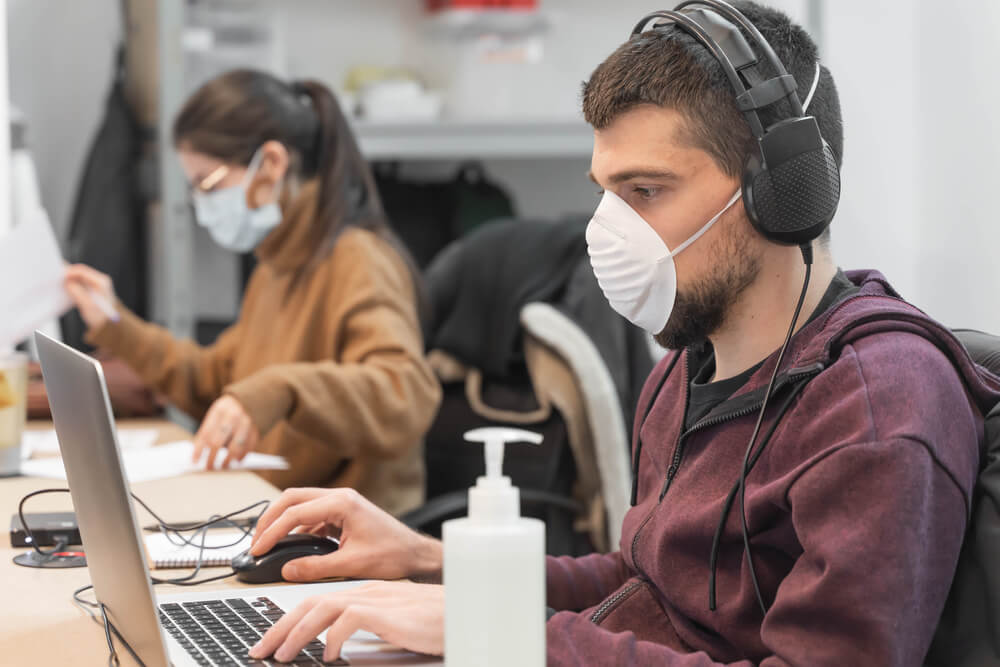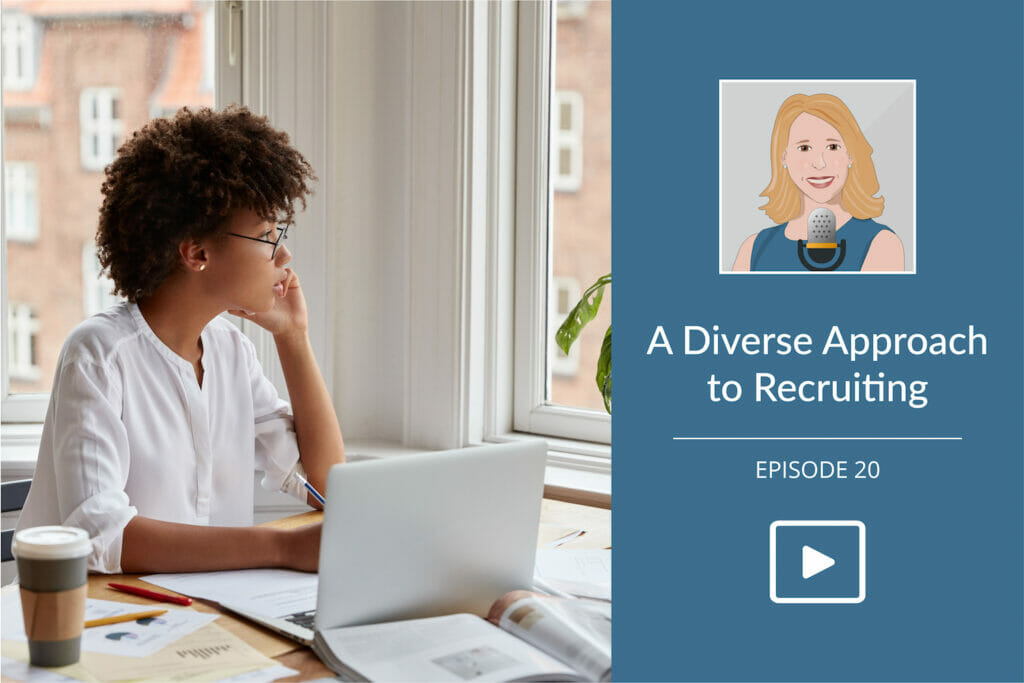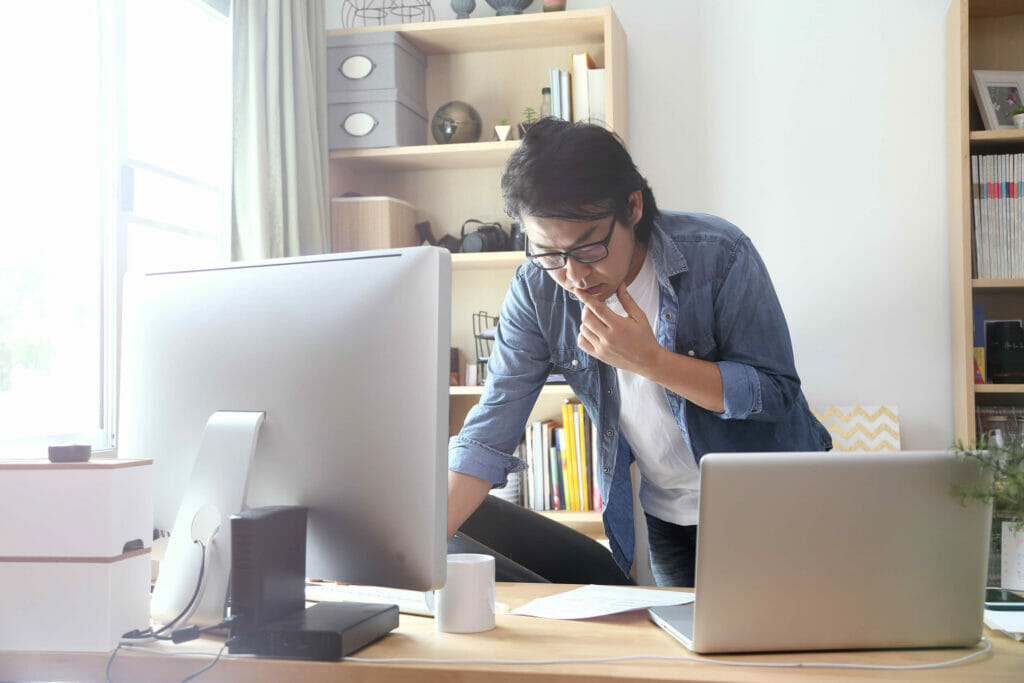
Tactical Tips From Abroad for an Incremental Reopening
MAY 15, 2020
As business leaders form their plans to reopen offices, prevailing wisdom suggests making incremental changes—taking small steps—so they can assess the success and shortcomings of individual procedures and modify as necessary. Everyone from Bill Gates to NY Governor Andrew Cuomo have emphasized the need to take small steps that are each tied to a plan for evaluation. At Inspire, we are giving our clients similar advice on a daily basis.
As we enter the second half of the year, we can pull great insight from how companies abroad slowly began the process of reopening several months ago. Below are examples of the initial steps companies in China and Europe took to safely bring their workers back to the office.
Lessons learned from China
In China, a person’s access to everything from the subway to an office building is dictated by a red-yellow-green app that ranks their risk of spreading the virus and assigns appropriate restrictions on their movement. At a typical workplace, tape on the floor directs workers where to stand, lunchrooms include dividers to keep people isolated when they remove their masks to eat, and elevators are limited in capacity.
Foxconn, best known as a producer of iPhones, has taken quite restrictive measures in its reopening. The manufacturer has divided workers into teams of 20 who live in the same dorms, take the same shuttles to work, and sit together at lunch. In the lunchroom, each person logs their location into an internal app via a QR code on their phone.
But looking at Universal McCann offices in Shanghai, conditions are remarkably similar to what they were pre-COVID, with the addition of temperature scans and masks.
Between the two extremes, there are many other examples of how companies are approaching reopening. Here is a run-down:
Sinochem, a petrochemical company, has closed their cafeteria and instead has arranged for food to be delivered to workers’ desks.
Microsoft China represents the test case for all other Microsoft offices, Bill Gates admits. According to Gates, about half of Microsoft’s workers in China have returned to the office with company-provided masks and sanitizer, while the software giant also supports employees working from home.
Baidu, a search engine company, is requiring employees to make an appointment before entering the building.
Didi Chuxing, a ride-hailing service, have painted feet on elevator floors to indicate where people must stand to maintain physical distance.
Meituan, a food-delivery service, has created A, B, and C teams to limit employees’ exposure to the entire team.
Toyota has installed plexiglass dividers between bathroom sinks.
Lessons learned from Europe
In Europe, where governments have led the world in protecting individuals’ data privacy, app developers are producing solutions that will notify a person who was in contact with someone affected by COVID-19, but keep that information otherwise confidential and inaccessible to governments. European countries are issuing papers to those who can prove they possess antibodies, and therefore are considered a much lower threat to public health than the rest of the population. Fortune shares an extensive list of reopening timelines for eleven European countries here.
Here is how various industries in Europe have taken measures to reopen in the last few weeks:
Hair salons: Salons were allowed to reopen in Germany, but walk-in services are no longer available. All customers must make an appointment and also complete a health questionnaire in order to receive any services.
Retail: Apple reopened its first European store in Vienna, Austria with a limited scope. With a strict limit on the number of people allowed in the store at any time, Apple is encouraging product sales to remain online, and focusing it’s in-store priorities on service by appointment.
Manufacturing: Volkswagen introduced more than one hundred procedural modifications in order to reopen their production facilities. The auto manufacturer is asking employees to take their temperatures at home, staggering times for shifts that are entering with those who are leaving to avoid crossing paths, and passing tools to one another by setting them into containers for cleaning first, among other distancing and sanitation measures.
Knowledge workers: Media consultancy, Digital Decisions has converted its once open floor plan into cubicles separated by plexiglass. And, the first person in each day is responsible for opening and propping every door then thoroughly washing hands—limiting door handle contact to just one person per day.
Your Next Move
We recently shared our advice for companies to keep their knowledge workers remote as long as possible, and to concentrate their energy on optimizing the remote experience. It’s not going anywhere. In “White-Collar Companies Race to Be Last to Return to the Office” The New York Times points out that companies like Google and Facebook are delaying their reopening dates—now targeting the beginning of 2021 at the earliest.
We can learn from our own remote working experiences to optimize for the future of work.
But of course, waiting isn’t always possible. As you make plans for a gradual reopening, others’ successes and challenges can serve as a useful guide. In addition to what has now become standard operating procedure: supplying hand sanitizer and masks, distancing work stations, and staggering shifts, look to examples like VW asking people to take their temperature before they even arrive, or Baidu introducing an appointment-only workspace to spark ideas for your next brainstorming session.
While there is no playbook for our incredible circumstances, we are seeing generous knowledge-sharing among businesses across the globe. We can learn from those who find themselves even a couple of weeks ahead of us.



